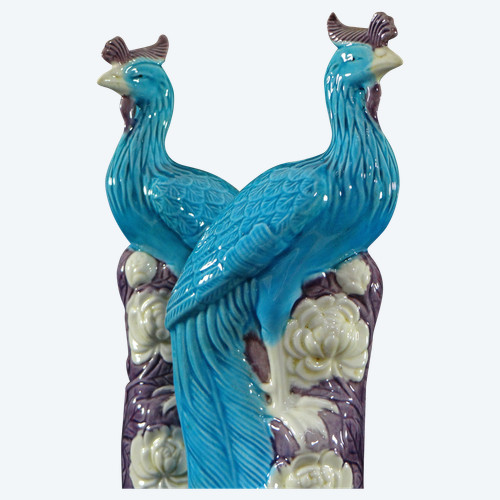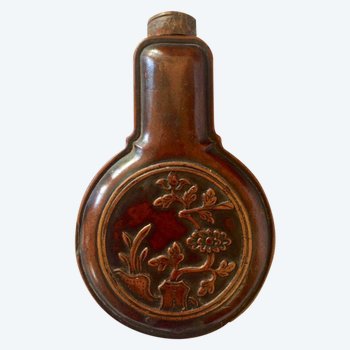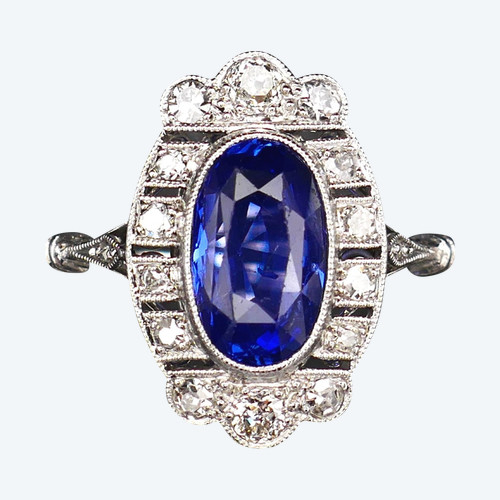- JUST IN
-
FURNITURE
-
DECOR
- COLLECTION
- ART
-
JEWELRY & WATCHES
- ANTIQUE DEALERS
- MAGAZINE
Antikeo, the online antiques marketplace, sold and certified by professional antique dealers
Antikeo, the online antiques marketplace, sold and certified by professional antique dealers





